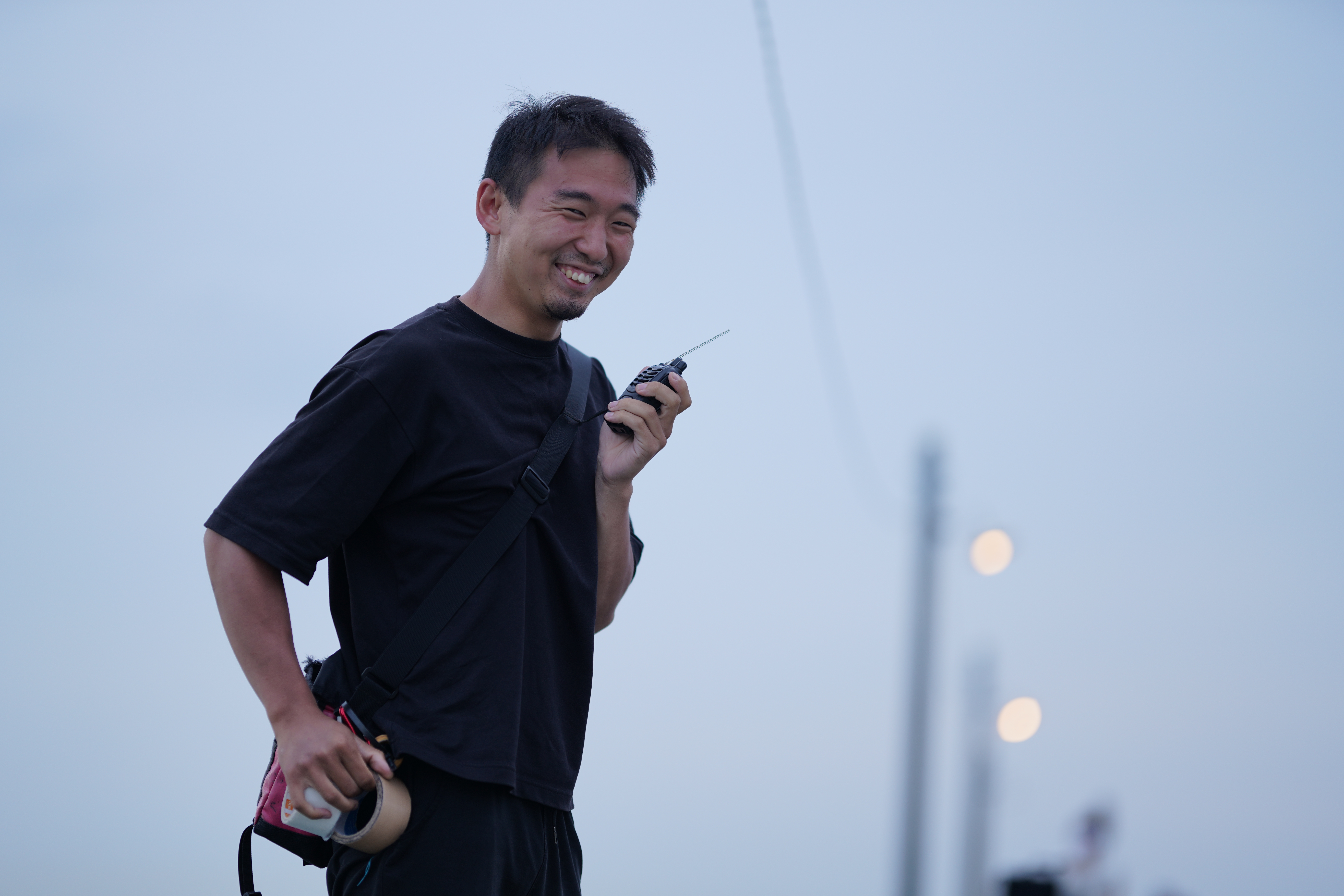ASK & DISCUSS
INDEXShare your failure to grow
4 years, 1 month ago - Yuki : the After Effect guy
This is where you share your failure to become a better film maker
Only members can post or respond to topics. LOGIN
Not a member of SP? JOIN or FIND OUT MORE
4 years, 1 month ago - Yuki : the After Effect guy
Failure No.1 : Not to consider how you edit your movie in a pre-production.
When I made my first short film, I was thinking only how I was going to shoot cuts. So I had an idea for cool shots and completed them, but ended up having a weird transition between cuts.
Now I make it a rule to draw a storyboard to visualize how I shoot cuts and edit them. This gives me so much more creativity for my work
3 years, 9 months ago - Paddy Robinson-Griffin
Creative transitions are a strong flavour, but well-used they can add some real value. Matching an action from the end of one scene to the start of another, even with diagetic actions (taking a swig of coffee to another character putting down a pint glass to transition from a kitchen scene to a pub scene for instance). Or finding similar simple matching geometries in a scene.
As with everything in film, every single decision you make *says* something. For instance the coffee/pint above could suggest they're contemporaneous actions, so without any other cues, they could be happenning simultaneously-ish, perhaps discussing the same situation from another viewpoint, between different charatcers. If more separation were required, you could throw in an establishing shot (outside the pub, maybe, or a wide tracking shot from the bar as a character brings beer to the table) and the scenes are decoupled.
Edgar Wright uses matching shots well, but the styling of a Cornetto Trilogy film will not suit a TV drama, for instance, they're a strong flavour but great when well done.
3 years, 8 months ago - Paddy Robinson-Griffin
@Yuki : the After Effect guy
"Mis en scene" - put into the scene!
Basically everything in a scene (in a "proper" movie) was put there - set dressing an empty studio space means decisions are made about every single thing in the shot, so that it fits. Those decisions are supposed to support the story (eg in a 1980's show, which brands of soft drink would this character buy? Is he edgy enough for Quattro or prefers Pepsi over Dr Pepper? Would he prefer milk, maybe, or juice? If juice, a cheap brand or a fancy one?).
It's the same for the edit - we could each have a pile of clips but use them differently. I might linger on reactions in a scene where there's an emotional theme, yet another director might cut away as soon as the information is conveyed to get more time in the CGI robot fight. Everything is a decision, consciously made, and every decision can contribute to or detract from the overall film.
Learn by analysis - see what others do and qustion every single decision made (what music, when, how loud, what colour grade, which transitions, pacing, which establisher when, etc.!) :)
3 years, 9 months ago - Yuki : the After Effect guy
Failure No. 2: Becoming a slave of a director.
When I was a screenwriter in a feature film, I handed my script to a director. And we discuss what to cut out and add. However, I was so overwhelmed by his intimidating manner that I could not disagree with anything he said.
So don't be afraid to express your opinion. It is your work.
3 years, 9 months ago - Paddy Robinson-Griffin
Absolutely express an opinion! But also "be like bamboo" as a friend once suggested - strong, but sway with the wind. Consider other opinions seriously, be aware not to knee-jerk decline them all, let them sit and simmer, and really imagine how they could work. Win some battles, lose others.
Ultimately, maybe counterintuitively, the script must serve the film, not the other way around. There are sometimes really practical reasons for changes - that solid gold helicopter that rains diamonds on the giant dragon would be a superb scene, but the budget might extend to a moped leaving marshmallows for a cat! In that case, of course a creative solution needs to be found, and that's coming back to the creatives to be creative!
Other times, a director may want to take characters in a different direction - this is incredibly common. "The Lost Boys" (classic 80's vampire movie, one of the 80's greats, watch it if you haven't!) was born from a retelling of the classic Peter Pan story. It went through a LOT of changes in direction with the characters, they were made older, focus was shifted, etc.
Like bamboo maybe, or like a sapling tree in the wind, opposition can make a script stronger. Indeed just like the protagonist in your story, adversity and overcoming challenges makes her grow to overcome them. Or working out in the gym, you get stronger by exercising against resistance. By challenging every detail of a script they get re-examined, re-evaluated, and that's never a bad thing.


